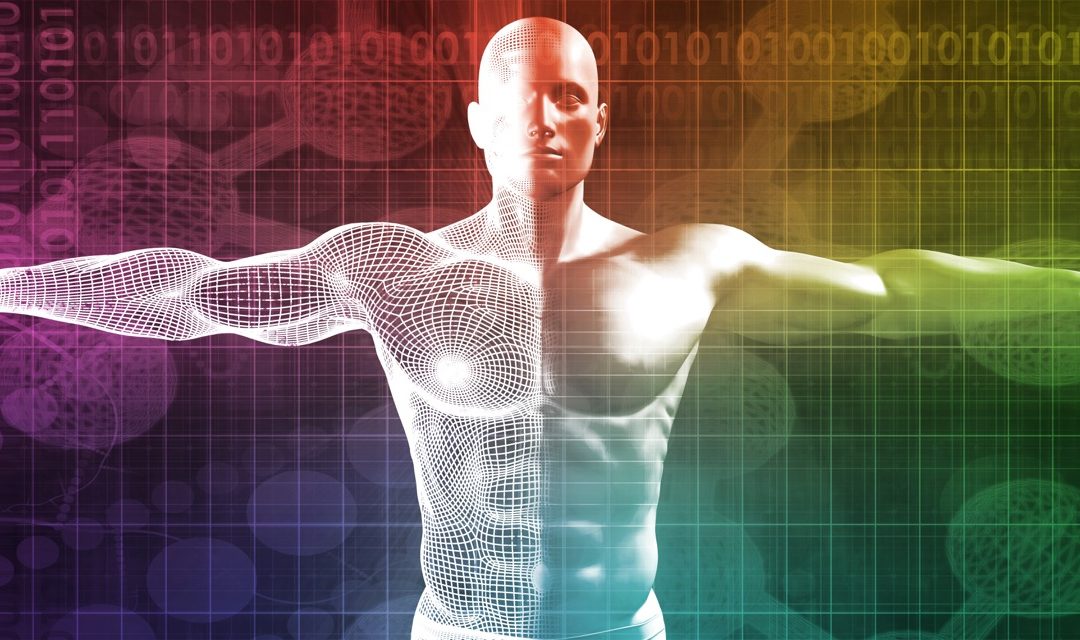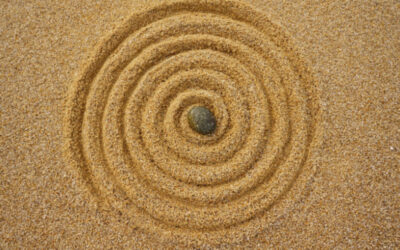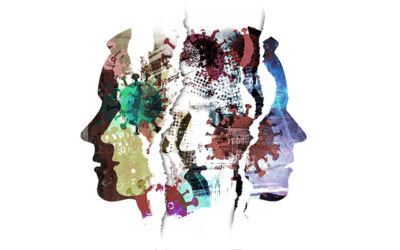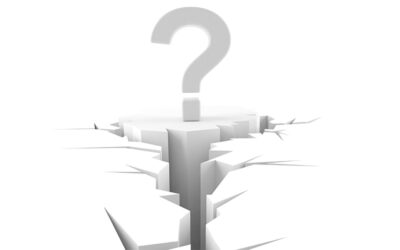
Levels of Healing, Part One: Physico-Chemical Dimensions
by Ricky Fishman, DC
Most people come to see me because they have pain: neck pain, lower back pain, head pain. And they want relief.
I first take a history. How long have they had the complaint? What makes the pain worse? What relieves it? Have they had any car accidents or sports injuries? What kind of work do they do? Do they exercise? And so on.
Then I do a physical exam. I look at their posture. How do they hold themselves in space? Are their heads tipped forward? Are their shoulders rounded? I have them stand on one foot, then the other to check their balance. I instruct them to go through ranges of motion, to determine limitation and/or pain. I check the tone and strength of their musculature. I palpate the motion of their spinal joints, check their reflexes and blood pressure, and do orthopedic testing. In some cases, when I think there might be a fracture in the event, say, of a motor vehicle accident or fall, or if I suspect bone pathology, I will refer them to a lab for x-rays.
At this point, I’ll have a good idea about the cause of the patient’s complaint. But relief, ultimately, comes from two places: within, and without.
Treatment flows naturally from the exam. If muscles are tight, I loosen them using a variety of soft tissue techniques. If they are weak, I prescribe exercises to strengthen them. If joints are not moving, I restore motion with chiropractic adjustments. And if their posture is distorted, I suggest ways to correct it.
The effect of these treatments is generally a reduction of symptoms. But what is actually happening in the body? Why is there pain? How is the pain relieved? What are the physico-chemical processes at work?
When muscles tighten, pain-sensitive nerve endings embedded in the muscular tissue are stimulated, causing pain.
These tightened muscles in turn connect to joints and inhibit joint motion. Under normal conditions, blood and lymphatic fluid are pushed through these joint spaces—but when the pumping action of the joint is lost, a localized congestion is produced. The build-up of fluid creates pressure which stimulates both sensory (pain) and motor nerve endings. These motor nerves are responsible for normal muscular contraction; but when they’re irritated they fire increased signals to the musculature, creating even more tightness and pain. This becomes a viscous cycle—or a downward spiral.
The Chemical Contribution
Chemical processes also feed back into this spiral.
The metabolic bi-products of muscular contraction include hyaluronic, pyruvic, and lactic acids. Normally, after contraction, muscles relax. When relaxation occurs, blood vessels in the muscular tissue are able to dilate (open up), and flush the tissue with blood. This blood in turn moves the metabolic waste to the kidneys for filtration and excretion.
If the muscles are being over-used however–perhaps from continuous heavy lifting or by the non-stop clicking of a computer mouse—there is not enough muscular relaxation to allow for proper blood flow. Acidic waste products build up in the tissue, creating focal points of irritation. These chemicals stimulate pain sensitive nerves. The body responds with inflammation, and produces scar tissue to fortify the damaged (burned) muscle.
But scar tissue is stiff, and tightens the muscle further. Some of us are familiar with these painful fibrotic areas. We call them “knots” or “trigger points”. And we instinctively know how to massage them. Massage also helps to flush out the pooling waste, relieving pressure on nerves and easing pain.
This also explains why exercise is so important. Cardiovascular exercise stimulates increased blood flow which removes inflammatory fluid and brings healing biochemicals to injured areas.
During the first phase of care, chiropractic treatment focuses on the causes of pain and dysfunction. Tight and weak muscles are loosened and strengthened. Hypomobile, or subluxated joints are mobilized.
A deeper level of care, though, supports patients in their self-healing process. They learn how to safely perform their work activities and to strengthen their cores; how to breathe and the importance of rest. They learn about good nutrition. This is about injury prevention; a strategy of proactivity rather than reactivity.
But there are other, more subtle levels of tissue/whole body irritation and healing at work. These will be discussed in Part Two: “Levels of Healing: Psycho-Energetic Dimensions”.
Copyright 2012 Ricky Fishman

Dr. Ricky Fishman has been a San Francisco based Chiropractor since 1986. In addition to the treatment of back pain and other musculoskeletal injuries, he works as a consultant in the field of health and wellness with companies dedicated to re-visioning health care for the 21st century.
[email protected]
www.rickyfishman.com













